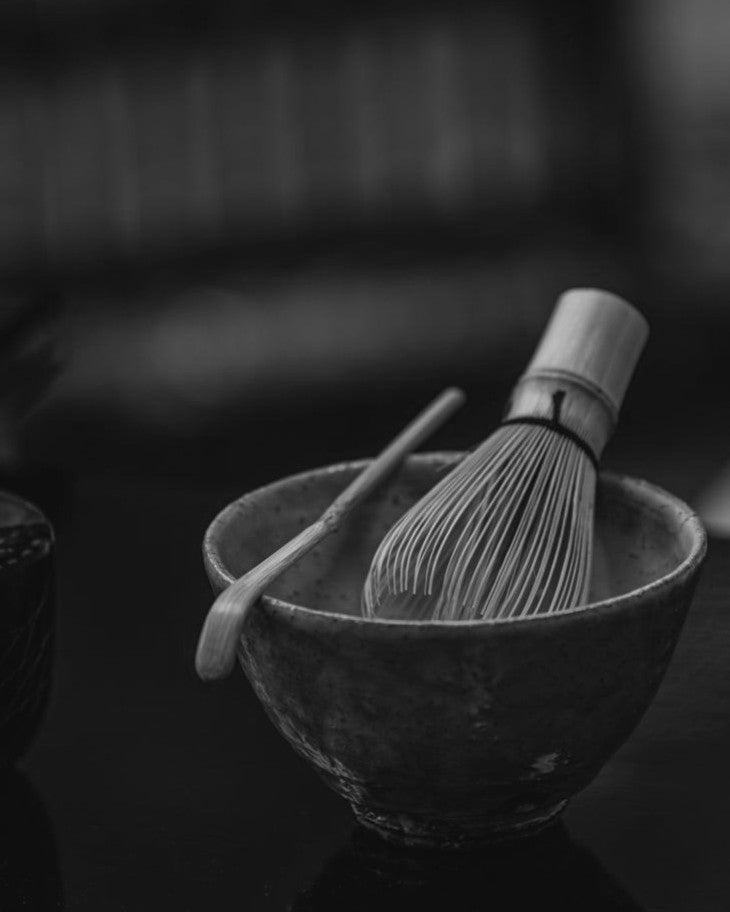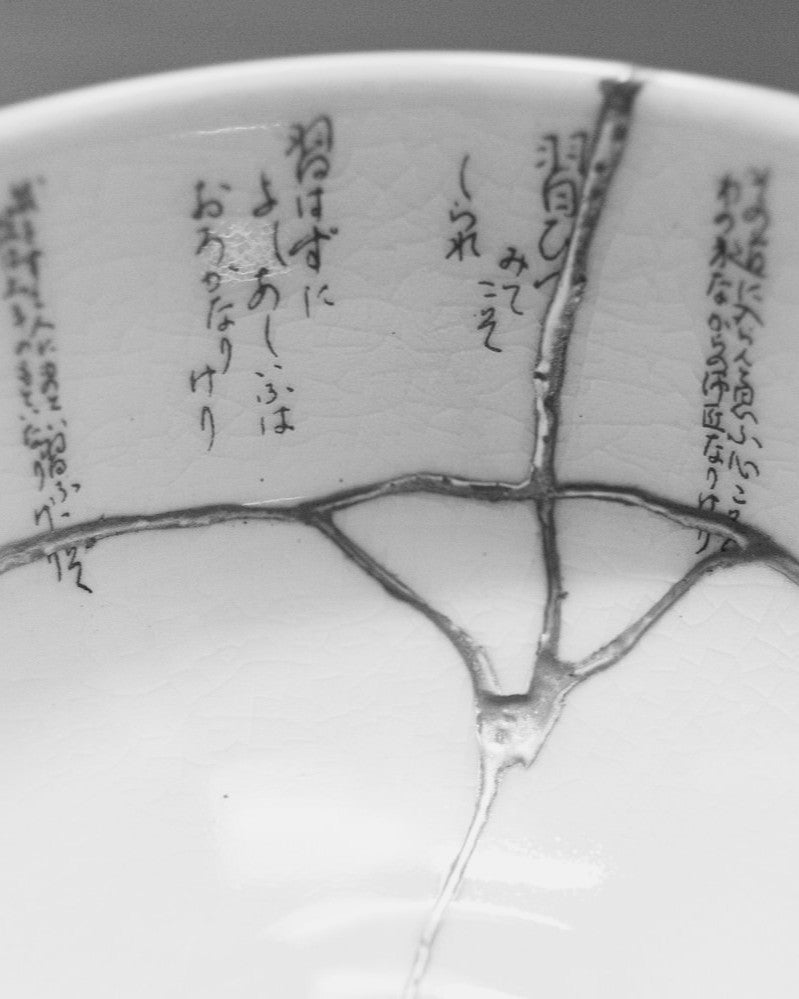New value resides in broken things. A philosophy of regeneration that resonates with the human heart.
Kintsugi is the art of repairing broken pottery by joining the pieces together with gold.Rather than hiding the damage, this restoration method deliberately highlights it, embodying a uniquely Japanese sense of beauty and a philosophy that finds value in broken things.
We sometimes live with emotional scars.These are part of life, but we may not want others to see them.
The beauty of kintsugi lies in its ability to resonate with the emotions deep within us that can accept those wounds as “value.”
In this article, we will introduce Japan's repair culture as seen through kintsugi and the spirit of “wabi-sabi” that flows through it.
Kintsugi is a ceramic repair technique that is said to have originated in Japan in the 15th century.
The technique of using lacquer to join broken pieces of pottery and then decorating the joints with gold powder deliberately leaves the broken parts exposed. This approach reflects the aesthetic sensibility of wabi-sabi, which values imperfection rather than perfection.
This philosophy applies not only to craftsmanship but also to human relationships and society as a whole.
A sustainable society is not just about making things last longer; it is about having the ability to “revive broken things.”
Kintsugi is a symbolic embodiment of this concept.
Kintsugi is not just a repair technique.
It symbolizes the spirit of accepting and respecting broken things and creating deeper value from them.
It doesn't have to be perfect. Rather, that is where beauty lies.
Why do people live in history? It is probably to redefine ethics amid confusion based on past experiences and to live in the present.
This value applies not only to things, but also to people and society.
A story of quiet mind and peace, on your skin.
Japanese culture and Buddhist teachings breathe a spirit that guides one toward harmony within connections to nature and others.
Amidst busy days, some choose to inscribe Japanese kanji tattoos as a way to make that spirituality a talisman for their way of life.
haikei designs are not mere decoration; they reflect your inner spirituality and serve as expressions that guide your life's path.
Furthermore, the words of kanji carry a quiet prayer: a prayer for peace for all people worldwide, born from the realization of the preciousness of valuing yourself and, in turn, valuing others equally.
Read more

The moment when a cup of tea quietly stirs your heart. Leaving behind the hustle and bustle of everyday life, we focus our attention on our guests. How precious is such time in the modern world?The...

Tips for accepting diversity and living together. The Ainu are an indigenous people who have lived in Hokkaido, Sakhalin, and the Kuril Islands since ancient times.The word “Ainu” means “human bein...
